How To Choose The Best Automotive Wire For Repairs
Ellie Moore
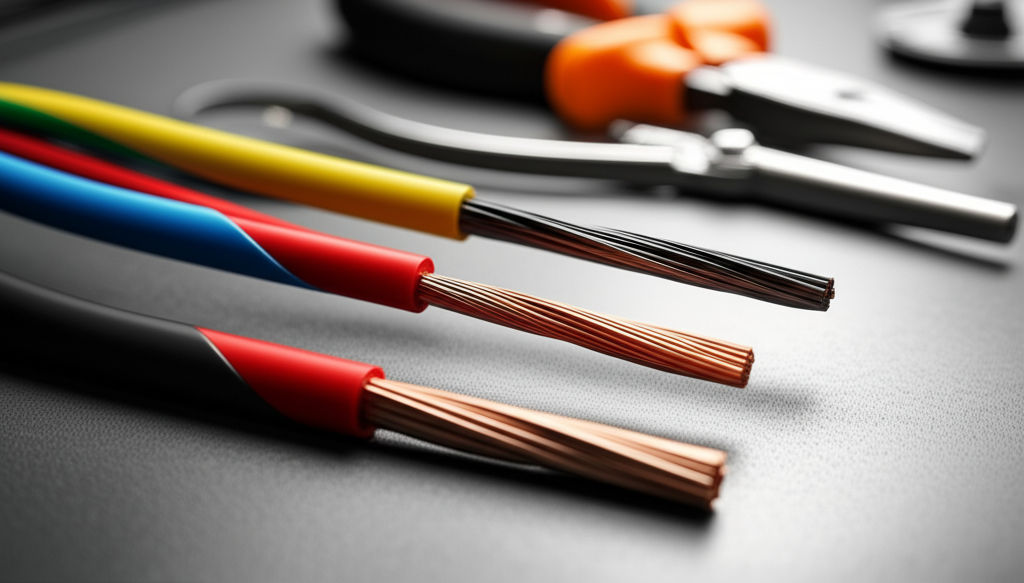
Photo: Choose the right automotive wire for safe, lasting repairs. Our guide demystifies gauges, insulation & more for reliable vehicle electrical systems.
How to Choose the Best Automotive Wire for Repairs: A Comprehensive Guide
Automotive repairs, especially those involving electrical systems, can seem daunting. But with the right knowledge and the correct materials, you can tackle these tasks with confidence. One of the most critical components in any vehicle's electrical system is the wiring. Using the wrong type of automotive wire for repairs can lead to a cascade of problems, from intermittent electrical issues to serious safety hazards like fires.
This in-depth guide will equip you with the expertise to confidently choose the best automotive wire for your repair needs, ensuring safety, reliability, and longevity for your vehicle's electrical system. We'll demystify wire specifications, explain different types of insulation, and provide actionable steps to make informed decisions every time.
Why the Right Automotive Wire Matters
Imagine your vehicle's electrical system as its nervous system. Wires are the nerves, transmitting vital signals and power to every component, from the ignition to the headlights and infotainment system. When a wire is damaged or faulty, it can disrupt this entire network. Using an incorrect wire in a repair can lead to:
- Safety Hazards: Undersized wires can overheat, melt their insulation, and cause short circuits or even fires.
- Performance Issues: Incorrect wire gauge or type can lead to voltage drop, meaning components don't receive enough power to operate efficiently. This can manifest as dim lights, weak fuel pump operation, or slow cranking.
- Reduced Longevity: Wires not suited for the automotive environment (e.g., household wire) will quickly degrade due to vibration, temperature extremes, moisture, and chemicals, leading to repeated failures and costly re-repairs.
- Diagnostic Nightmares: Using non-standard wire colors or types can make future troubleshooting incredibly difficult for you or a mechanic.
Therefore, selecting the appropriate automotive wire isn't just about making a connection; it's about ensuring the ongoing safety, performance, and reliability of your vehicle.
Understanding Automotive Wire Basics
Before diving into selection, let's break down the fundamental characteristics of automotive wire.
Wire Gauge (AWG)
The American Wire Gauge (AWG) system defines the wire's diameter, which directly relates to its current-carrying capacity, or ampacity. Counterintuitively, the smaller the AWG number, the larger the wire's diameter and the greater its ampacity. For instance, 10-gauge wire is thicker and can carry more current than 18-gauge wire.
Why Gauge is Crucial: Using a wire that is too thin (under-gauged) for a circuit's current load will cause it to overheat, potentially melting the insulation and creating a fire risk. Conversely, using an excessively thick wire is often unnecessary, more expensive, and harder to route.
Conductor Material: Copper is King
Almost all automotive wires utilize stranded copper conductors. Copper is an excellent conductor of electricity, second only to silver, and offers high thermal conductivity, ductility, and strength.
- Stranded vs. Solid: Unlike household wiring, which often uses solid copper wire, automotive applications always require stranded wire. Stranded wire consists of many fine strands twisted together, providing superior flexibility and resistance to vibration and fatigue, which are constant in a vehicle. Solid wire would quickly break under these conditions.
- Tinned vs. Untinned Copper:
- Untinned (Bare) Copper: This is pure copper wire. It has excellent conductivity but is susceptible to oxidation and corrosion, especially in humid or harsh environments.
- Tinned Copper: This wire has a thin layer of tin coating the copper strands. The tin acts as a protective barrier, significantly improving resistance to corrosion, oxidation, and moisture. While slightly more expensive and with minimally lower conductivity than bare copper, tinned copper is highly recommended for automotive use, particularly in marine applications or areas exposed to high humidity and corrosive elements, such as engine bays or underbody wiring. It also aids in solderability.
Insulation Types
The insulation surrounding the conductor is critical for protecting the wire from the harsh automotive environment and preventing short circuits. The two most common insulation materials are PVC and XLPE.
-
PVC (Polyvinyl Chloride) Insulated Wires:
- GPT Wire: This is a standard wall PVC wire, commonly used for general circuit wiring and trailer wiring. It offers good resistance to oil, flame, and abrasion, with a typical temperature range of -40°C to 85°C, though some types can go up to 105°C. It's economical and suitable for many interior or less demanding applications.
- TWP Wire: A thin-walled PVC wire, lighter and often rated up to 105°C.
- HDT Wire: A heavy-wall PVC wire, designed for applications requiring greater physical protection and resistance to wear, rated to 85°C.
-
XLPE (Cross-Linked Polyethylene) Insulated Wires:
- XLPE insulation offers superior heat resistance, durability, and abrasion resistance compared to PVC. It's created through a cross-linking process that improves its thermal and chemical stability, making it ideal for high-stress applications and demanding environments like engine compartments. XLPE wires typically have a temperature rating of -51°C to 125°C.
- GXL Wire: Features a thin wall, making it lightweight and flexible. It's widely used in engine compartments and truck/trailer wiring harnesses where high temperatures are common and a balance of durability and flexibility is needed.
- SXL Wire: Has a standard wall thickness, offering excellent heat and abrasion resistance. It's a robust choice for general circuit wiring and tough environments.
- TXL Wire: Features an extra-thin wall, making it the lightest and most flexible of the XLPE types. It's ideal for tight spaces and applications where weight and flexibility are critical, such as complex automotive systems.
-
Specialty Insulation:
- Silicone: Offers higher heat resistance (up to 200°C) and extreme flexibility, often used in drones, RC vehicles, and high-temperature, tight spaces.
- Teflon (PTFE): Known for its very thin, tough insulation that resists cracking, burning, and melting. Excellent for high-temperature and chemical resistance.
- Irradiated PVC: PVC that has been treated to improve resistance to abrasion, cut-through, soldering, and solvents, making it suitable for aerospace and automotive use.
Key Factors When Choosing Automotive Wire
Making the right choice goes beyond just understanding types; it involves considering the specific demands of your repair.
1. Current Load (Amperage)
This is paramount. The wire's gauge must be sufficient to safely carry the maximum current the circuit will draw. Overloading a wire is a direct path to overheating and failure.
- Actionable Tip: Always determine the amperage draw of the component you're wiring (e.g., headlights, stereo, auxiliary lights). If you're unsure, check the component's specifications or fuse rating.
- Tool: Refer to an automotive wire ampacity chart (also known as a wire gauge chart) to match the current draw and wire length to the appropriate gauge. These charts are readily available online and are indispensable tools.
2. Voltage Drop
Voltage drop is the reduction in electrical potential as current flows through a wire due to its resistance. Longer wires and thinner gauges lead to higher resistance and, consequently, greater voltage drop.
- Impact: Excessive voltage drop means less power reaches the component, leading to dim lights, sluggish motors, or malfunctioning electronics.
- Rule of Thumb: For most automotive circuits, a voltage drop of 3% or less is acceptable. For critical components like electronic control modules (ECMs) or sensitive sensors, aim for 1-2%.
- Actionable Tip: When consulting an ampacity chart, ensure it accounts for voltage drop over specific lengths. Many charts provide recommended wire gauges based on acceptable voltage drop percentages for various current loads and lengths. Online voltage drop calculators can also be very helpful.
3. Environmental Conditions
Where the wire will be routed within the vehicle dictates the necessary insulation type and durability.
- Engine Bay/Under-hood: This is a high-stress environment with extreme temperatures (-51°C to 125°C or higher), exposure to oil, fuel, chemicals, and abrasion. XLPE-insulated wires (GXL, TXL, SXL) are highly recommended due to their superior heat and chemical resistance, and toughness. Tinned copper is also a strong
Finance & Investment
View All
October 5, 2025
Auto Financing Deals ComparisonDrive organic traffic & build authority with expert SEO content. Learn how E-E-A-T, genuine value, and deep insights unlock top rankings.
Ellie Moore

July 2, 2025
Top Careers in Finance for 2025Boost your rankings & engage readers with expert SEO content. Discover how to deliver genuine value, build E-E-A-T, and satisfy user intent for Google.
Ellie Moore

May 8, 2025
Yahoo Finance Canada UpdatesUnlock top rankings and engaged readers with expert SEO content. Learn to create valuable, authoritative content that satisfies Google's E-E-A-T framework.
Ellie Moore

June 13, 2025
Google Finance Portfolio Setup Made EasyUnlock top rankings & authority with expert SEO content. Discover the blueprint for valuable, E-E-A-T driven content that attracts organic traffic and builds tr...
Ellie Moore

July 4, 2025
Debt Financing Basics ExplainedCreate expert SEO content that ranks high and truly engages your audience. Learn to understand intent, use strategic keywords, and craft high-quality, valuable...
Ellie Moore

October 3, 2025
Accelerated Strategies Yahoo FinanceElevate your SEO! Learn why expert, E-E-A-T compliant content is non-negotiable for ranking high, building trust, and driving long-term organic growth.
Ellie Moore
Insurance
View AllSafeguard your assets with our guide to Complete Safeco Insurance Coverage. Understand options, compare quotes, and get peace of mind.
Ellie Moore
Find out why marine insurance is vital for protecting cargo, vessels, and shipping operations in international trade.
Ellie Moore
Protect your property from natural disasters. Find out what’s included in insurance policies for floods, earthquakes, and more!
Ellie Moore
Secure your health & finances! Discover how to confidently select the best, most affordable top-rated health insurance plans for comprehensive coverage.
Ellie Moore
Navigate American Family Insurance options with confidence. Find optimal coverage, understand pricing, and secure peace of mind for your evolving needs.
Ellie Moore
Safeguard your trips with Ultimate Allianz Travel Insurance. Get comprehensive coverage for cancellations, medical emergencies & more. Travel with confidence!
Ellie Moore
Education
View AllMicro-credentials are on the rise! Discover how they provide fast, focused skills for today’s learners and reshape education.
Read MoreDiscover why liberal arts education remains valuable in today’s tech-driven world. Explore how it fosters critical thinking and adaptability.
Read MoreUnschooling is redefining education. Learn how this self-directed approach works and why more families are embracing it as an alternative to traditional schooling.
Read MoreProviding education in conflict zones is a major challenge. Learn about the barriers and efforts to ensure learning continuity in crisis situations.
Read MoreMOOCs are transforming the landscape of higher education. Learn how massive open online courses are making learning accessible to all.
Read MoreDiscover how portfolio-based assessments offer a better way to measure student progress. See how they foster creativity and critical thinking.
Read MorePopular Post 🔥
View All
1
2
3
4
5
6
7
8
9
10
Health






Automotive
View All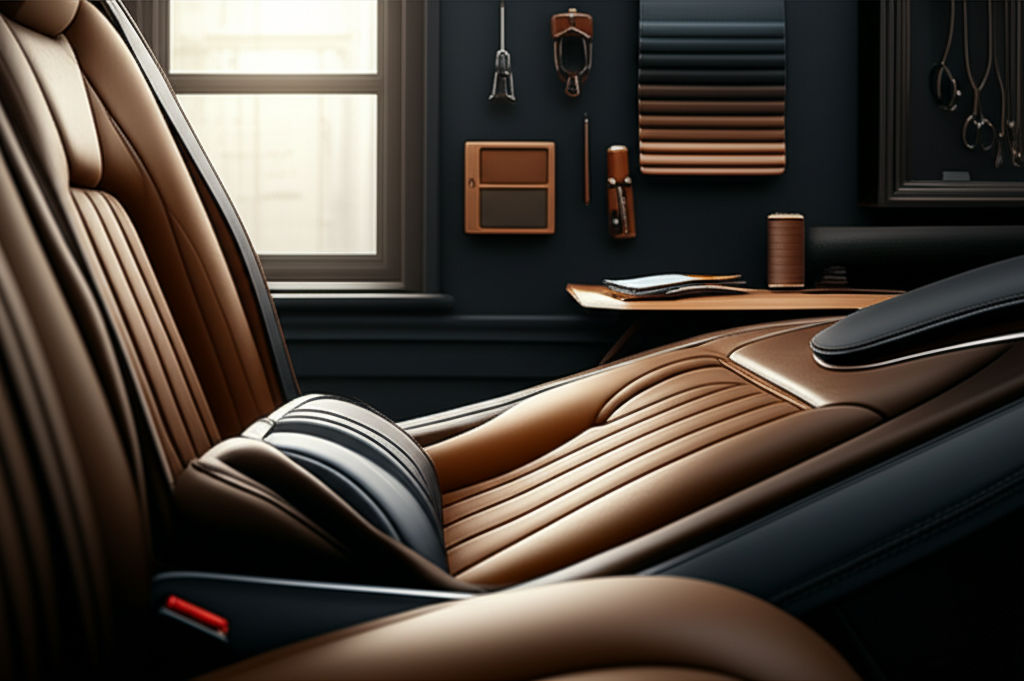
July 10, 2025
Best Automotive Upholstery Shops Near Me Today
Expert guide: Find the best automotive upholstery shops near you. Restore your car's interior for ultimate comfort, enhanced value, and lasting protection.
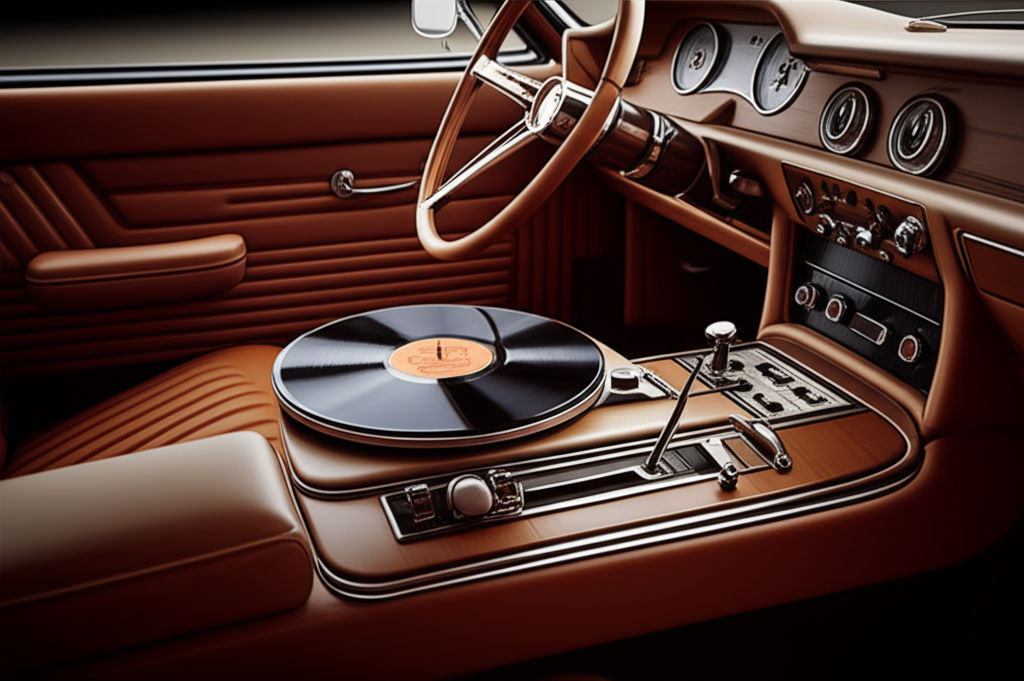
August 17, 2025
Automotive Record Player A Retro Ride Upgrade
Upgrade your ride with a retro automotive record player! Experience the warm, rich sound of in-car vinyl for a truly unique analog journey.
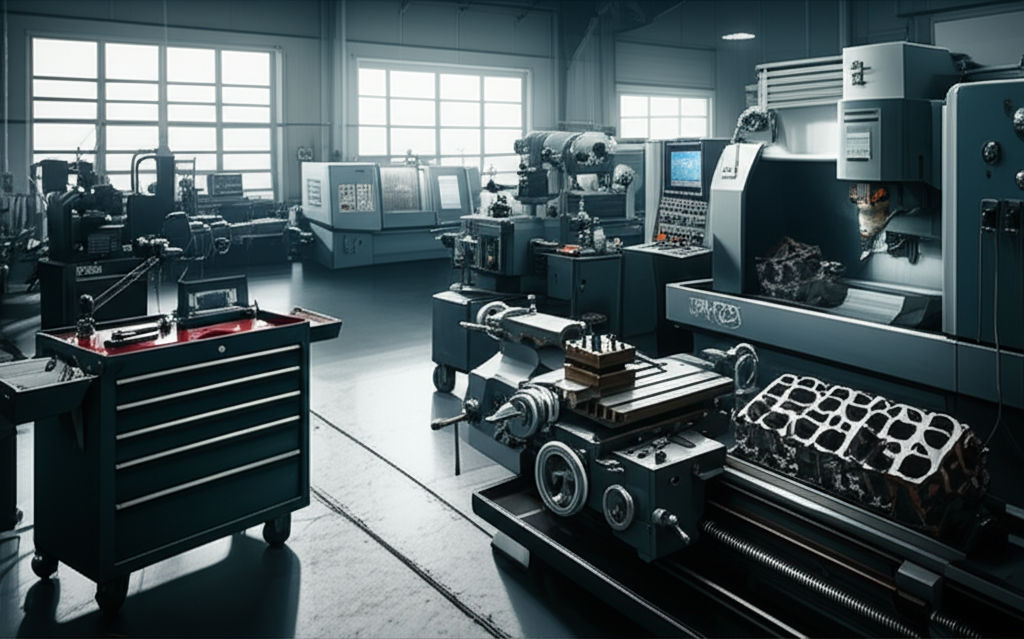
July 23, 2025
Find Reliable Automotive Machine Shops Near Me
Locate top automotive machine shops for engine repair. Ensure your vehicle's performance, longevity, and save money with expert engine services.
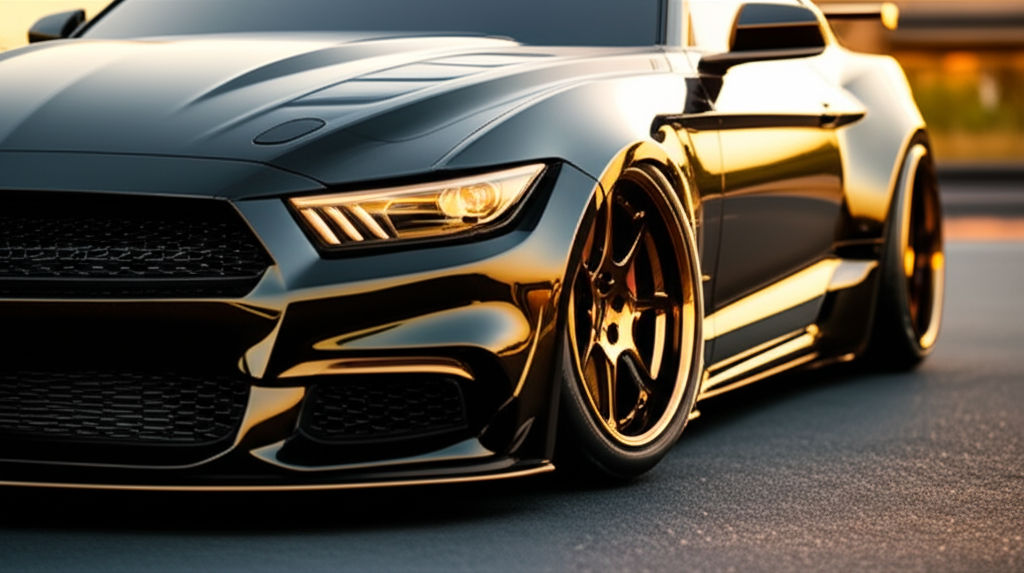
September 1, 2025
Automotive Body Kits That Transform Your Car
Redefine your car's look & performance with automotive body kits. Explore components, installation, and how to create a unique masterpiece.
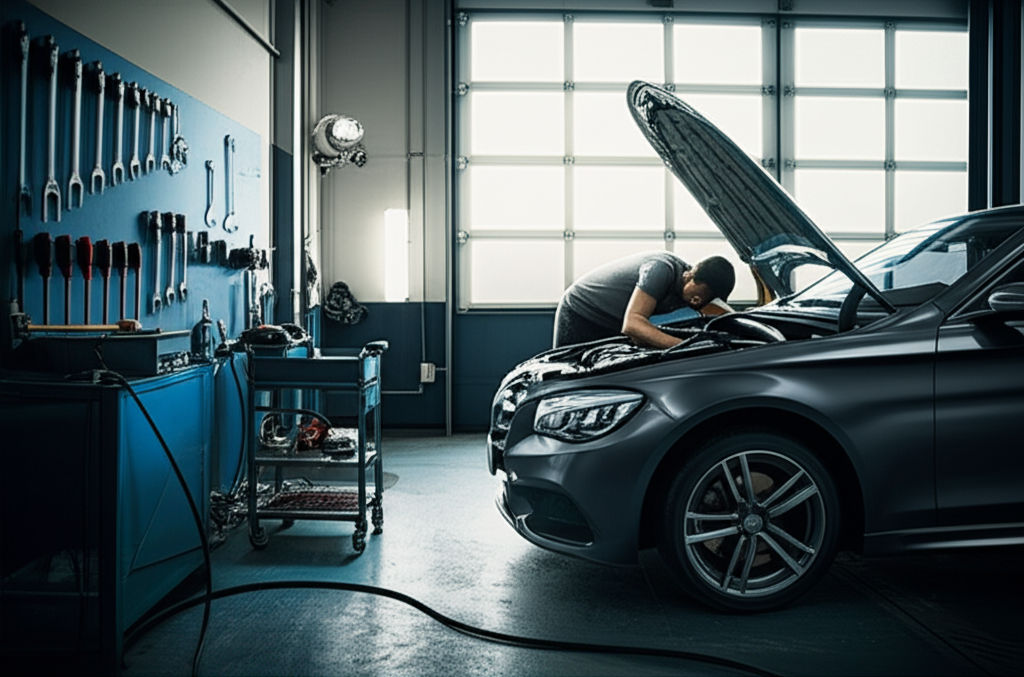
September 11, 2025
JD Automotive Trusted Name In Car Repairs
JD Automotive: Your trusted partner for unrivaled car repairs. Experience expert service, transparency & peace of mind for your vehicle.
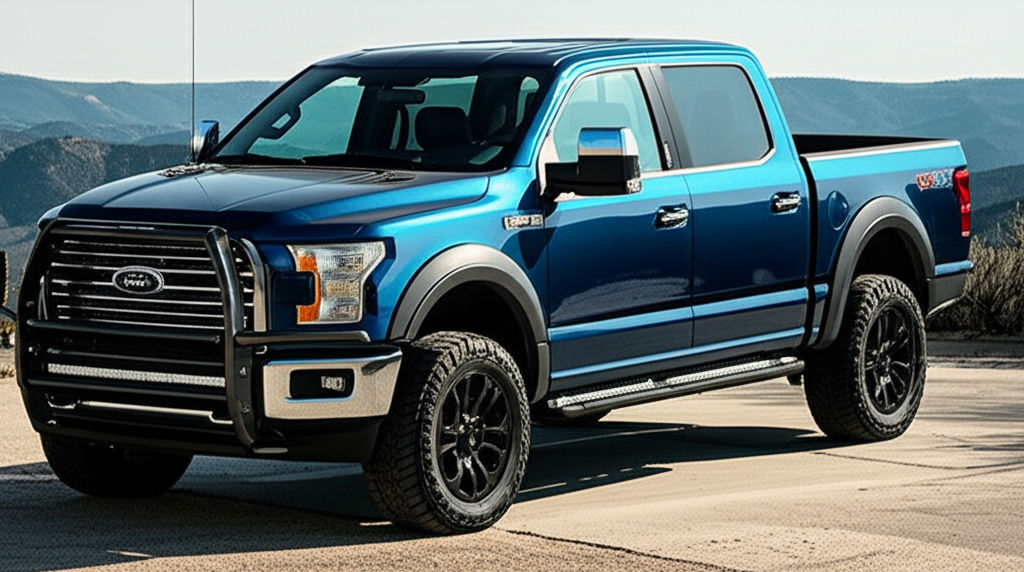
July 20, 2025
Westin Automotive Innovations And Solutions
Explore Westin Automotive's legacy of innovation in truck, Jeep & SUV accessories. Discover quality products for protection, style & functionality.

















